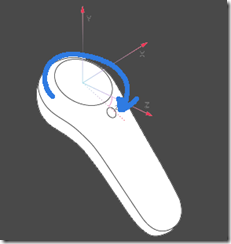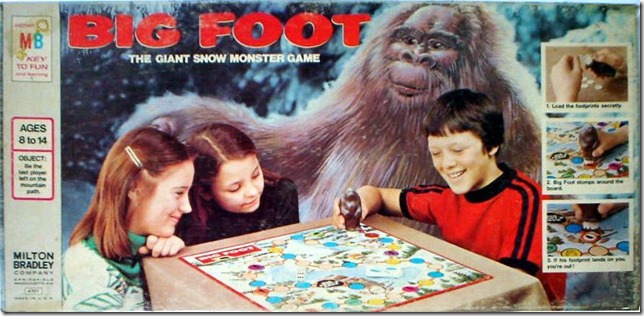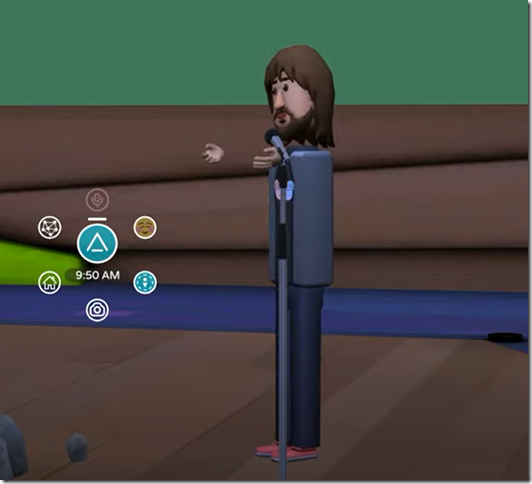This is the Man-O-War, named after the race horse. Lemon juice gives it a brilliant cheerful tone. To make it, shake over ice cubes:
- 2 oz bourbon
- 1 ounce orange liqueur (or triple sec)
- 1/2 oz sweet vermouth
- 1/2 oz fresh squeezed lemon juice
Garnish with a lemon twist and a brandied cherry (or a maraschino cherry).
Cocktails for the most part were invented as a way to dress up poor quality liquor during prohibition. The desire to have a more sober and then a more drunk public were the proximate causes for the 19th and 21st amendments. In between these two amendments, in apparently a period when the government went crazy with ratification craze, the 20th amendment got rid of the lame duck presidency.
Prohibition contributed to a rise in organized crime, dedicated to providing a class of drug users narcotics that they could no longer attain legally.
(Please excuse me for any spelling or grammar or usage mistakes. I’ve been drinking a Man-O-War, which is a fabulous drink. Support your local liquor store and buy some tasty liquor.)
The upside of the progressive increase in violence and a social example of the imposition of a Hobbesian world on top of modernity was the creation of the cocktail culture – meant to offset the bad taste of imported cheap alcohol. On the one had, the best cocktails can be made with the best alcohol. On the other hand, why ruin a perfectly good Japanese whiskey with fruit?
Anyhoo, we got a first wave of cocktail culture, meant to elevate bad tasting alcohol with additives, because of the 19th amendment. There was another wave post-pohibition with the Tiki-bar movement, promulgated by a post-war, Disney-like desire to recreate the world to specifications. And a third wave in the 70’s which was punk-like and weird and cool.
The great thing about cocktails is that they tell a story around the raw benefit of alcohol to make you feel temporarily euphoric. The narrative of the cocktail, depending on whether it works for you or not, is that it extends the euphoria beyond the immediate bio-chemical effect and creates a decadent romance around the rituals of the cocktail.
Which brings me back to the election. Alcohol is a necessity to get us through the next 5 days. Those traumatized by the election of 2016 are never going to feel confident about Biden’s clear electorial lead going into the 2020 election in 5 days.
In a temporary, drug induced level of empathy for Trump voters, I would add that those surprised and then forced to accept as pre-determined the election of the Republican victory in 2016 also will need a stiff drink to get over the false-consciousness they are currently experiencing. The bad high will soon be over and they will need to accommodate themselves to the fact that it was a horrible mistake they didn’t mean to sign on to. My good-faith advice, which you won’t take, is to write a publish a mea-culpa about why Trump was a mistake and a violation of your personal principles. Give Hosannas to Jesus Christ instead of Trump. Drink if you need to and hit publish on Medium about what a disaster this has all been. Because anything you say after the election will not matter. (And, mundis-mutandi, you can always delete afterwards if affairs go differently and claim you were hacked. But we all already know how the election is going.)
I’ve the lost the thread of this post other than fresh lemon juice dramatically improves any cocktail. Fresh juice is the secret principle of the 70’s rediscovery of 50’s Tiki cocktails. I will try to publish more secrets of fresh juice added to alcohol in the next few days.
The other thread, I think, is that the misery and violence that sprung from the 19th amendment had, as a positive result, the invention of the cocktail sub-genre. That’s all I’m saying, man.






















